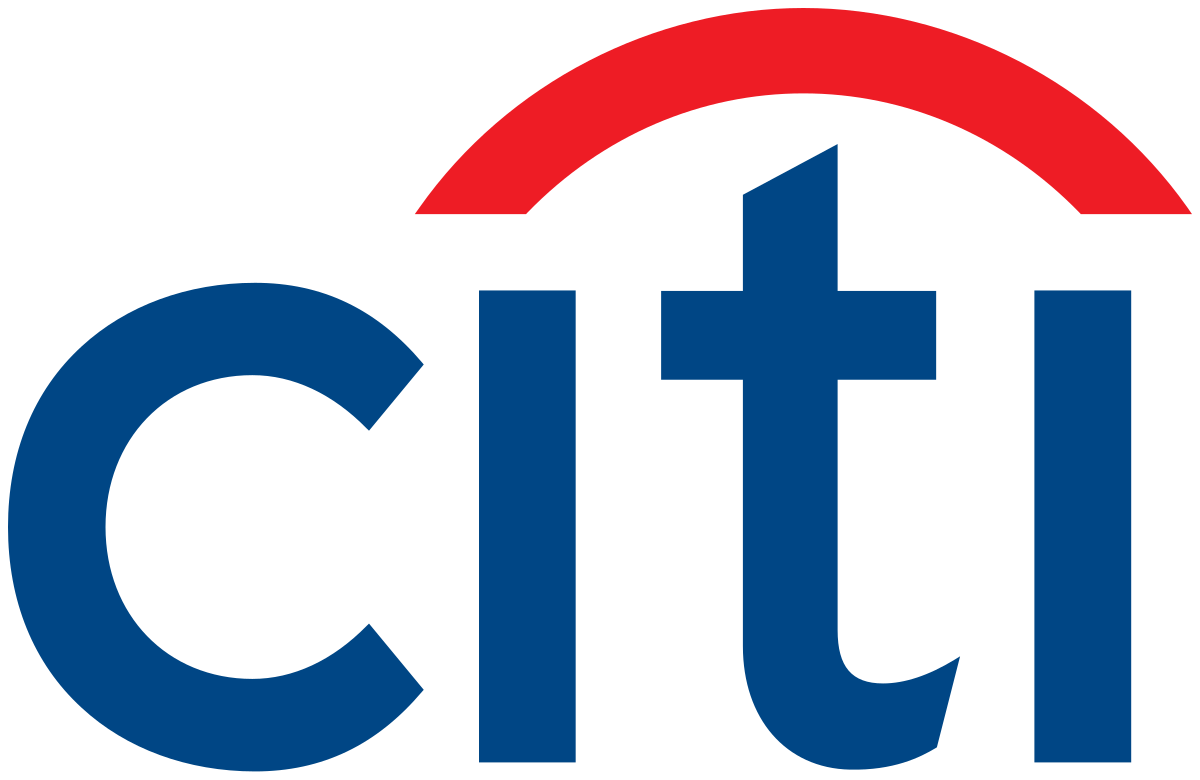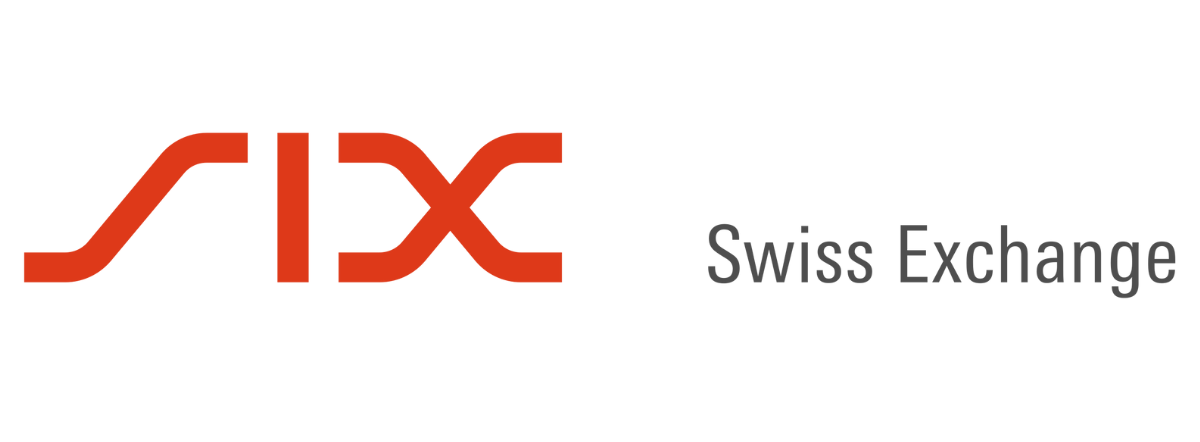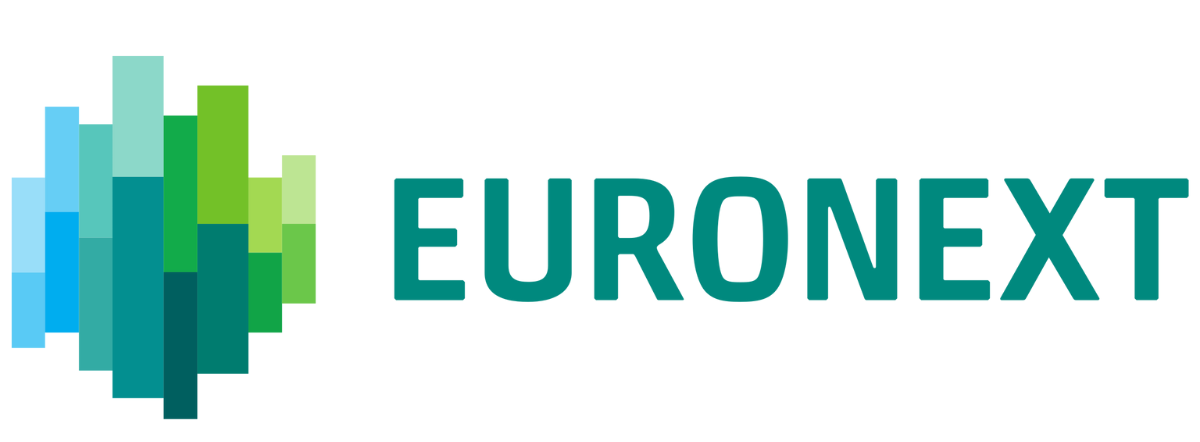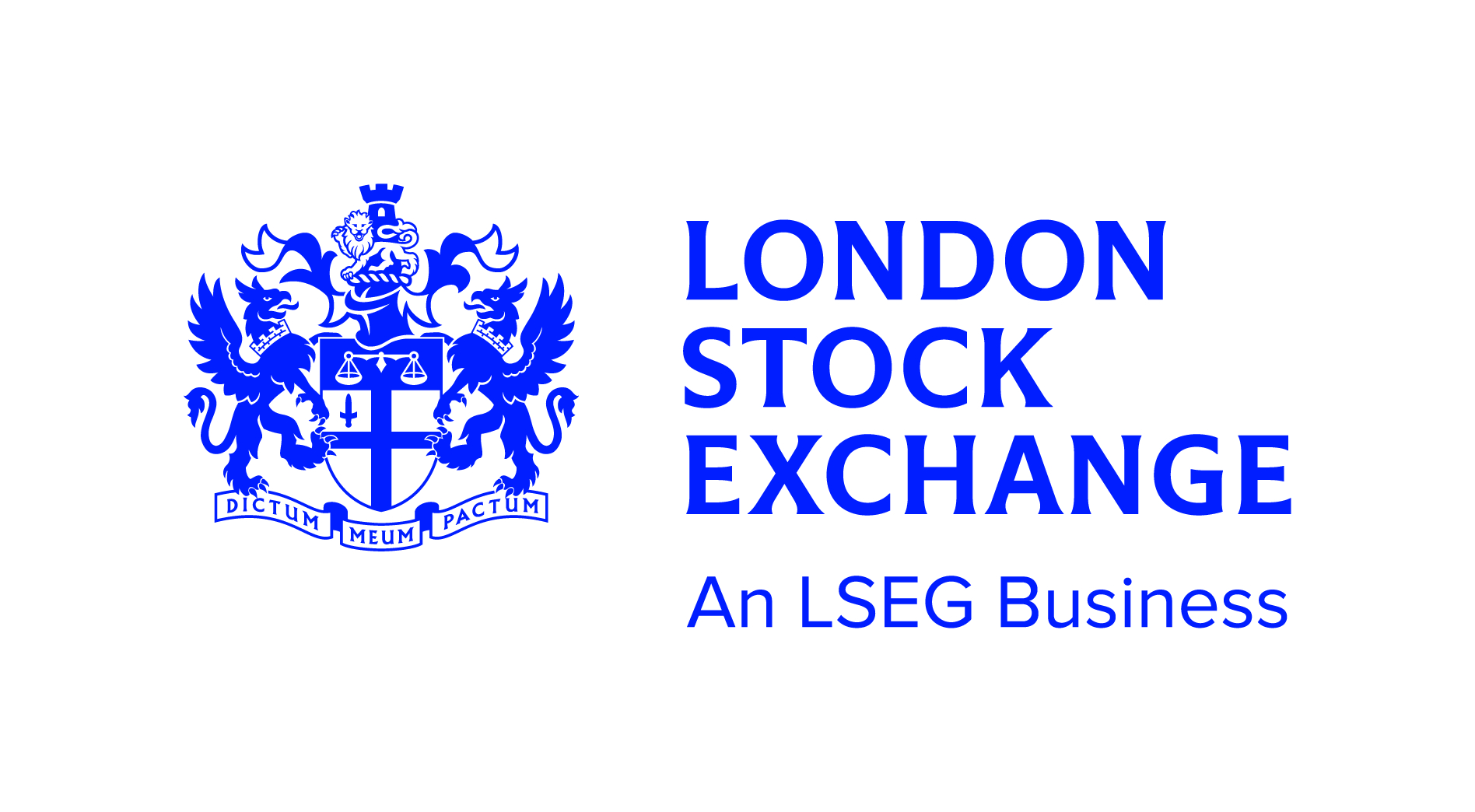There has been a boom in ETF volumes across stock exchanges in Europe since the coronavirus pandemic, however, request for quote (RFQ) platforms such as Tradeweb and Bloomberg continue to dominate as traders favour the simplicity of execution versus the fragmented nature of the exchange industry.
Last year, exchanges such as reported record increases in ETF volumes with the London Stock Exchange seeing a 50% jump in orders prompting questions over whether investors were moving away from RFQ platforms and systematic internalisers.
However, a closer look at the data reveals the rapid increase in exchange volumes is only in line with the wider European ETF market. According to data from Invesco, exchange volumes have accounted for approximately 25-30% of total secondary market trading in UCITS ETFs since 2019.
As Jim Goldie, head of ETF capital markets, EMEA, and indexed strategies at Invesco, said: “While we have certainly seen exchange volumes increase in recent months, we have seen a similar increase in over-the-counter (OTC) volumes so the ratio has not shifted much.”
Echoing his views, Jason Xavier, head of EMEA ETF capital markets at Franklin Templeton, said RFQ volumes still “dominate” the European ETF market as institutional investors that execute through broker-dealers favour RFQ platforms.
The introduction of MiFID II at the start of 2018 was the catalyst for the surge in ETF volumes being executed via RFQ platforms. As part of the wide-sweeping directive, the aim was to bring more ETF trading on-exchange in a bid to increase the overall transparency of the market.
However, this attempt to push liquidity onto lit venues drove volumes towards RFQ platforms and systematic internalisers (Sis) instead of to the exchanges.
The key challenge stock exchanges face is fragmentation. There are over 25 exchanges in Europe meaning it becomes expensive for buyside trading desks to be registered on all the major exchanges to access and take advantage of the liquidity.
Steps are being taken to address this fragmentation with a number of high-profile acquisitions taking place over the past year including Euronext’s purchase of Borsa Italiana and the SIX Swiss Exchange’s acquisition of Spanish stock exchange Bolsas y Mercados Españoles (BME).
While firms may be forced to trade the US dollar listing of one ETF on the LSE and the euro listing on Deutsche Boerse, the pan-European nature of RFQ platforms enables them to offer all available listings of a given ETF.
As a result, the trend has been for large investment houses to automate their RFQ workflow which allows them to send all of their ETF orders via Bloomberg or Tradeweb without having to deal with middlemen such as banks or be registered as a member with the exchange.
For Frank Mohr, managing director, head of ETF sales trading at Société Générale, the simplicity of RFQ trading is why flow is yet to move onto exchanges.
“Because there are so many exchanges, everyone is looking after their own business,” Mohr stressed. “The advantage of RFQ platforms is they are pan-European and have direct access to buyside trading firms.”
This was highlighted by Will Askew, senior trader at Nutmeg, who said the multiple listings across several exchanges was an issue.
“It is better for us to deal with a counterparty who can, behind that order, take advantage of the liquidity and offer us a better price. It makes sense for them to have access to all pools as they see constant flow all day,” he said.
Furthermore, Askew added pricing can often be better when working OTC and bi-laterally with market makers.
When firms issue an order through the RFQ, numerous market makers will offer a price and the broker can select the best one for clients.
Mohr said the RFQ platforms have a created a “nice environment” as dealers are able to fulfil their clients’ best execution practices in one venue.
“In the eye of the regulator, RFQ platforms still satisfy clients’ best execution requirements,” Invesco’s Goldie added.
Best execution?
As the European ETF market continues to develop, there are an increasing number of options for best execution. One such method as highlighted by Chris Gooch, head of ETF, index sales and business development, EMEA, at Citi, is via agency.
“By trading agency, clients are able to benefit from trading the underlying assets directly and reducing their execution and impact cost by not paying large risk premiums that are factored in to RFQ by market makers when trading on a risk basis,” Gooch explained.
This can be particularly beneficial when executing larger size ETF orders which are becoming increasingly more frequent in the ballooning market.
“When trading more esoteric exposures in larger size, we have seen clients moving away from RFQ and adopting an agency execution method on the underlying ETF basket,” Gooch added.
Furthermore, despite the simplicity of executing on RFQ platforms, as with all areas of finance, there is not a one-size fits all and there are times when trading on exchange does bring benefits.
One development that has taken place over the last few years has been for some exchanges to offer their own RFQ trading such as the LSE and Deutsche Boerse.
The advantage of this, in the LSE’s case, Goldie said, is its RFQ will adopt an order book sweep that allows clients’ RFQ orders to interact with exchange liquidity via hidden limit orders.
“It should be noted that while RFQ platforms certainly add value in certain circumstances, they should not be seen as a catch-all for ETF trading and ‘best execution’ does not always equal ‘best price’,” he continued.
Askew agreed and added as the ETF market in Europe matures, the move to increased volumes onto exchange will benefit investors.
“[On-exchange volumes] brings with it reduced counterparty risk, increased transparency and generally more certainty and security than OTC deals,” he argued.
Goldie added: “Whether we will continue to see more clients trade using ETF algorithms, or exchange RFQ platforms is yet to be seen, however, there is certainly a place for both RFQs and exchanges in ETF trading.
“At the end of the day, it all comes down to clients’ investment objectives and access to particular venues and trading options, both on-exchange and OTC.”
Further reading









